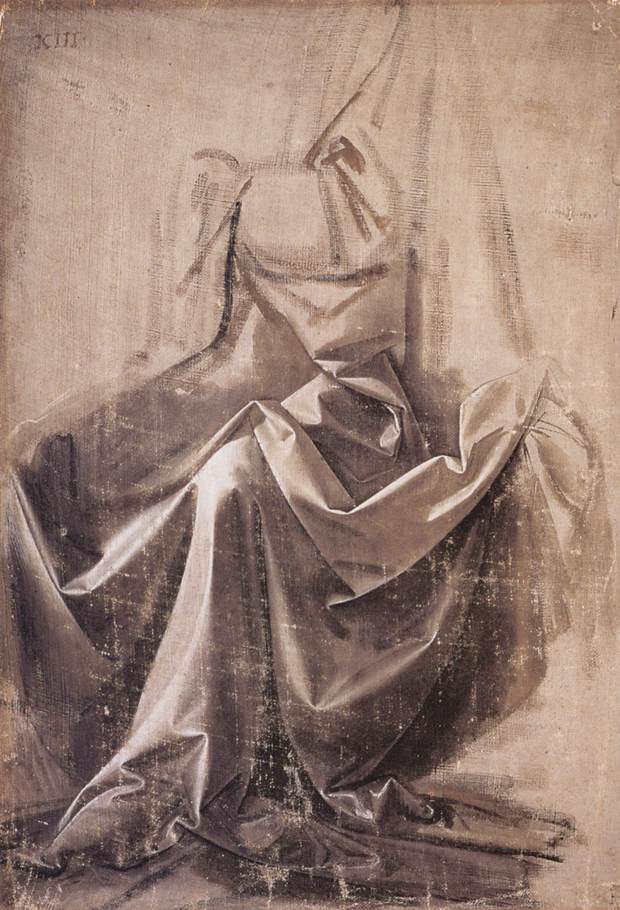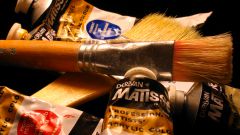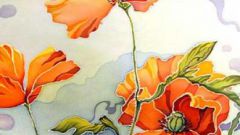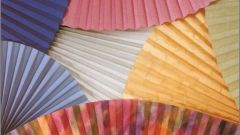Instruction
1
Watch different fabrics – put them to let loose, gather them in the folds and lay in graceful drapery. Consider the process of formation of wrinkles, watch how the light falls on them and where are the shaded area.
2
The location of the fabric largely depends on how we will look on her folds – for example, the folds can fall down and can fly in the wind. Also the folds going fabric, gathered into a lush frill.
3
If you draw several kinds of fabric in one picture, for example, two kinds of clothing in the portrait - remember that matter that are above, needs to be visually thinner than the one below.
4
Consider the force of gravity, which also depends on the direction and shape of the folds, following the direction of the fabric.
5
Consider how many models of clothes of different styles – this will help to get used to different types of folds and different ways to build tissues. Somewhere the fabric can hang freely, and somewhere – fitting shape, and here the folds are only to emphasize the reliefs.
6
Special attention is paid to painting fabrics with pattern and ornaments paint the ornament so that its curves match the curves of the folds.
7
Consider the characteristics of male and female items of clothing – the folds and assemblies located in different places. Men's pants are much freer women, and in women's clothing , you need to draw foldsthat appear due to raised fit the female form.







